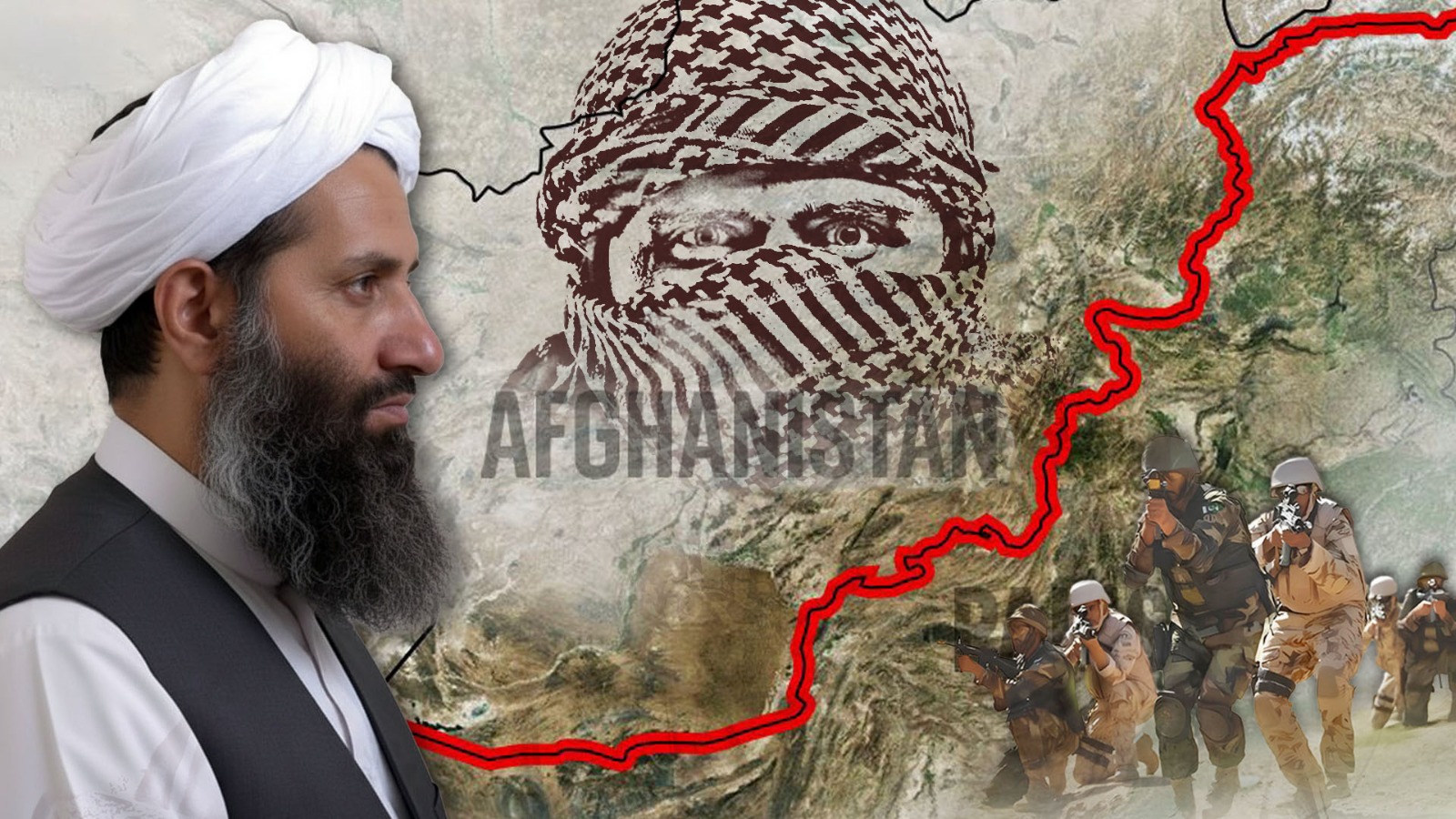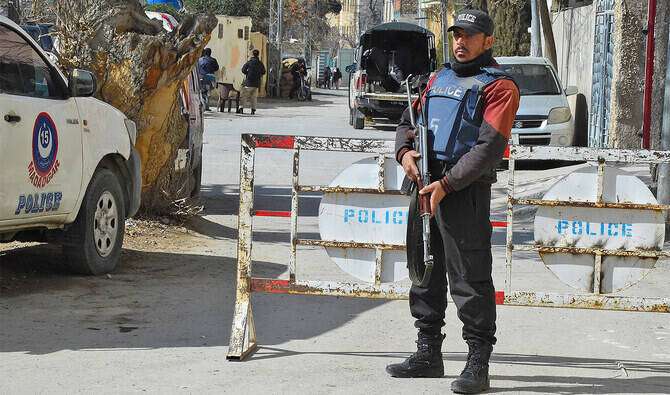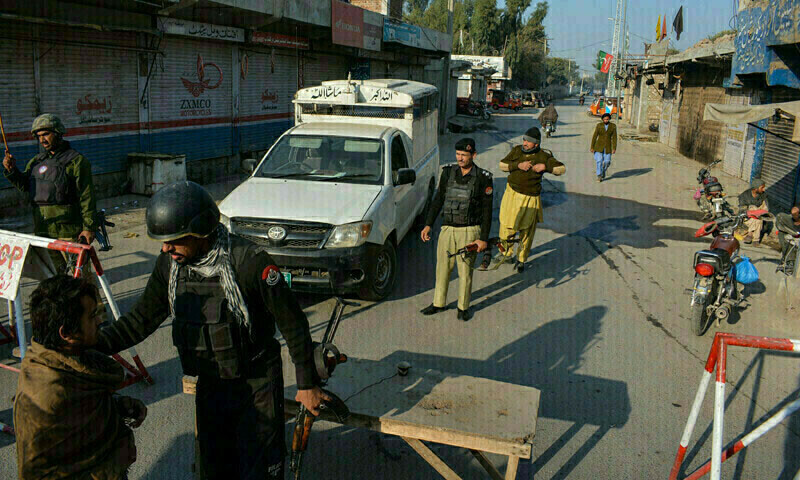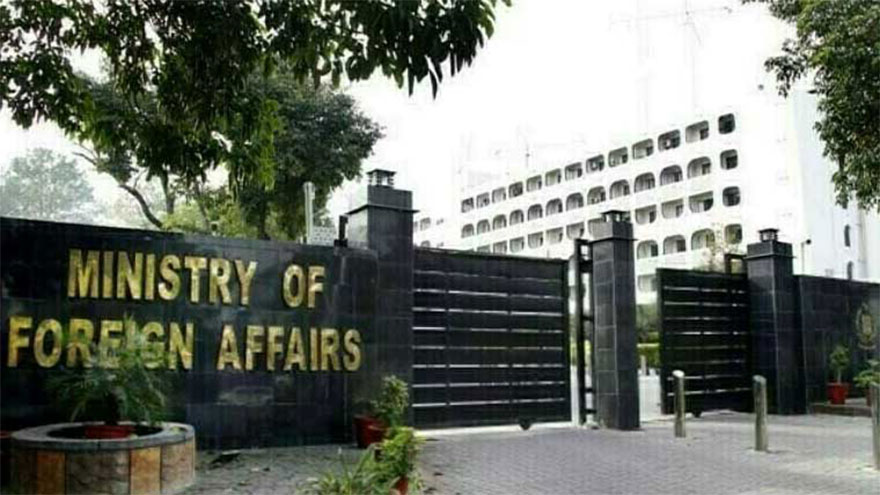On July 8, the Tehreek-e-Taliban Pakistan (TTP) carried out a drone strike against the police force at Miryan town in Bannu. This attack was followed by another drone strike in the same region that killed a woman and injured three children. These attacks demonstrate that TTP now has access to a lethal new weapon, which they exploit for terrorism in Pakistan. The acquisition of drone technology by TTP is not just an alarming security threat; instead, it also reinforces the long-standing claim by Pakistan that militant groups are now adequately equipped with enhanced weaponry left unchecked in Afghanistan since the withdrawal of US troops.
This incident has occurred at a time when the state of Pakistan is busy scrutinizing its counter-terrorism actions after recent reports released by Amnesty International. The report claims that the Pakistan Army has been using drones as part of its operations against the militants. The report also mentions that the use of drones by the Pakistan Army has caused massive civilian deaths in areas bordering Afghanistan. The state of Pakistan has strongly refuted the claims. Government sources claim that state actions conform to law and humanitarian standards.
The drone attacks in Miryan, now validates the claim of Pakistan that terrorists and not the state machinery are the perpetrators of most of the aerial violence that the military is being blamed for. The Miryan incident are clear evidence of how TTP uses drones against the state. The quadcopters used in the Miryan attacks were equipped with explosive devices that caused the death of an innocent civilian.
Security analysts say that the use of drone technology by terrorists has added a new dimension to asymmetric warfare. The drone technology has traditionally been used by states for surveillance of anti-state elements, targeted killings, and for the acquisition of intelligence directly from the field. However, in recent times, changes in the dynamics of warfare and the increased vulnerability of the global arms flow have provided terrorists access to drone technology. As an outcome of these developments, drones are now being used by terrorist organizations to evade conventional defense systems.
Since the fall of Kabul, Pakistan has repeatedly warned that the hurried withdrawal of US and NATO troops from Afghanistan will provide terrorists access to new weapons and logistical equipment. Now, the drone strikes in Miryan have proved that terrorists have access to military equipment that was once used by NATO and the U.S. forces. The weapons that were previously used for combating terrorism in the region are now being used for furthering terrorism and unrest. Such attacks pose serious questions to the notions of stability in the post-war period.
Time and again, Pakistan’s Ministry of Foreign Affairs (MoFA)r has requested the international community to help out in tracking the movement of these weapons. Also, MoFA has requested the interim Afghan government to take concrete steps to ensure that their land is not being used to launch these weapons as part of terror activities against other states. Earlier this year, Amnesty International published a report (which stated on its title page that the report was prepared based on information shared through illegal leaks to the media) that mentioned that drone attacks by the Pakistan military in tribal areas had killed civilians and may have violated international humanitarian law. This report, mostly based on unconfirmed sources, was widely publicized in the international media.
To counter this malicious propaganda against the state of Pakistan, the Pakistan Army clarified that all its operations are well-planned, lawfully conducted, and executed in a manner that maximizes the protection of civilians. Pakistan Army termed the Amnesty International Report part of the larger disinformation campaign aimed at discrediting the image of the country. Authorities claim that such stories blur the line between state responsibility and terrorism, highlighting the risk of relying on ungrounded facts during war, where even the information is weaponized.
In Pakistan, narrative warfare has become a central issue in the national security discourse. The authorities in Pakistan believe that foreign-funded cells are busy proliferating misinformation about the security forces of Pakistan. Through such reports, these cells ignore the intricacies of the war against terrorism in Pakistan and unjustly depict the security forces of Pakistan as oppressors. Defense Analysts believe that threats posed in both digital and physical domains are meant to demoralize the Armed forces. However, after the Miryan drone attack, the reports stating that the state’s actions had caused civilian deaths have failed. Keeping in view the Miryan attack, it remains right to claim that reports such as the one released by Amnesty International must provoke thoughtful debate.
Author
-
The writer holds a degree in Strategic Studies from National Defense University, Islamabad. The writer works as a freelance writer with a major focus on South Asia’s security dynamics, counterterrorism, and geopolitical developments. With an elaborate academic credentials and a passion for analyzing strategic issues, the author regularly shares commentary on the ever-changing security and geo-strategic landscape of South Asia.
View all posts







